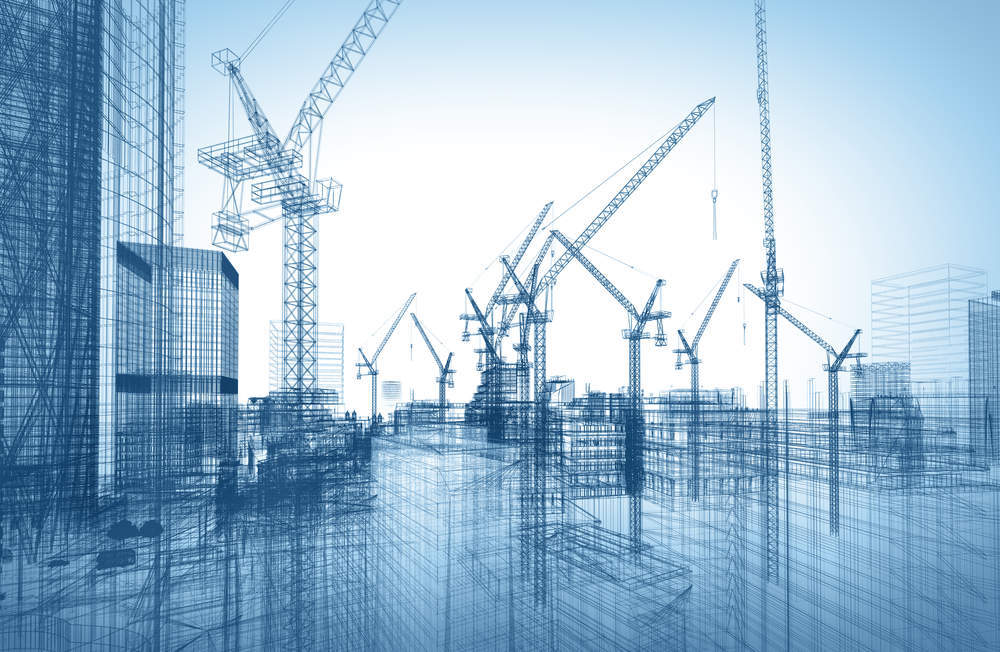Long regarded as being averse to change, the construction industry is entering a period of substantial adjustment.
How construction companies operate in the near future will be very different.
Prefabricated construction is now being used to erect high-rise buildings, and Chinese companies are setting speed records in modular building techniques.
Sophisticated technology appears set to change the modern building site. 3D printing means complex components can be made much cheaper and quicker than ever before.
Building Information Modeling (BIM) is now providing opportunities to eradicate costly errors and integrate changes in building design before construction even begins.
Construction companies are finding harnessing the potential to be highly beneficial.
Consolidation in the construction industry will continue due to the pressing need to take advantage of economies of scale.
Green buildings are growing in popularity and have government backing. Mastering the use of natural materials will soon be an important trait of leading construction firms.
1. Prefabricated buildings are gaining in sophistication and popularity
Prefabricated buildings are growing in popularity as construction companies, buyers and governments seek lower costs. No longer limited to single-story buildings, prefabricated construction is now used in high-rise housing blocks.
Desirability of prefabricated homes has soared of late and is predicted to grow in popularity. Designer prefabricated homes are changing perceptions. Revolution Precrafted, a Filipino start-up, was recently valued at over $1bn after succeeding in selling innovative designer prefabricated houses.
Factories are now capable of creating homes too, enabling Japanese companies to successfully produce homes to a low cost – a capacity that provides important competitive advantages.
2. Technology is changing construction methods – leading companies must keep up
3D printing has found a home in construction. Complex molded components can be produced far quicker and at a much reduced cost than was previously possible.
Such technology can already lay claim to have created a bridge and been responsible for dramatic cost savings on major infrastructure projects, making it attractive to construction firms.
Robotic technology is predicted to vastly improve efficiency. Capable of laying 3,000 bricks in a day, the Semi-Automated Mason marks an important development in automation for the construction industry which the industry must accommodate.
3. Building Information Modeling (BIM) is changing how buildings are planned
Building Information Modeling promises a joined up approach to building design which will benefit the construction industry by eliminating design problems and integrating changes at an early stage, preventing costly over-runs on building sites.
Keeping ahead of legislation is of growing importance. Governments around the world are imposing rules on use of BIM, making it commonplace.
Globally the trend is towards greater use; however, some areas such as Hong Kong have been slow in adapting.
4. Long fragmented, construction could soon consolidate further
The construction industry is relatively fragmented; most workers in the US work for small companies. Consolidation has been a growing trend and will likely feature more prominently in the near future.
Creating larger entities will be essential. Large Chinese companies have entered the industry, buying up smaller rivals; to compete successfully existing players need to take advantage of economies of scale.
5. Green buildings: A growing global construction trend
Due to increasing concern about environmental sustainability, the construction industry will make greater use of green materials in the near term. Large buildings made from timber are now possible.
To take advantage of the opportunities greener materials provide, construction companies must become more adaptable in the type of building they are capable of erecting.
Not only is the design of buildings forecast to become more sustainable but the means of construction will too. Intelligent lighting systems and improved planning on power generation will reduce environmental damage.







